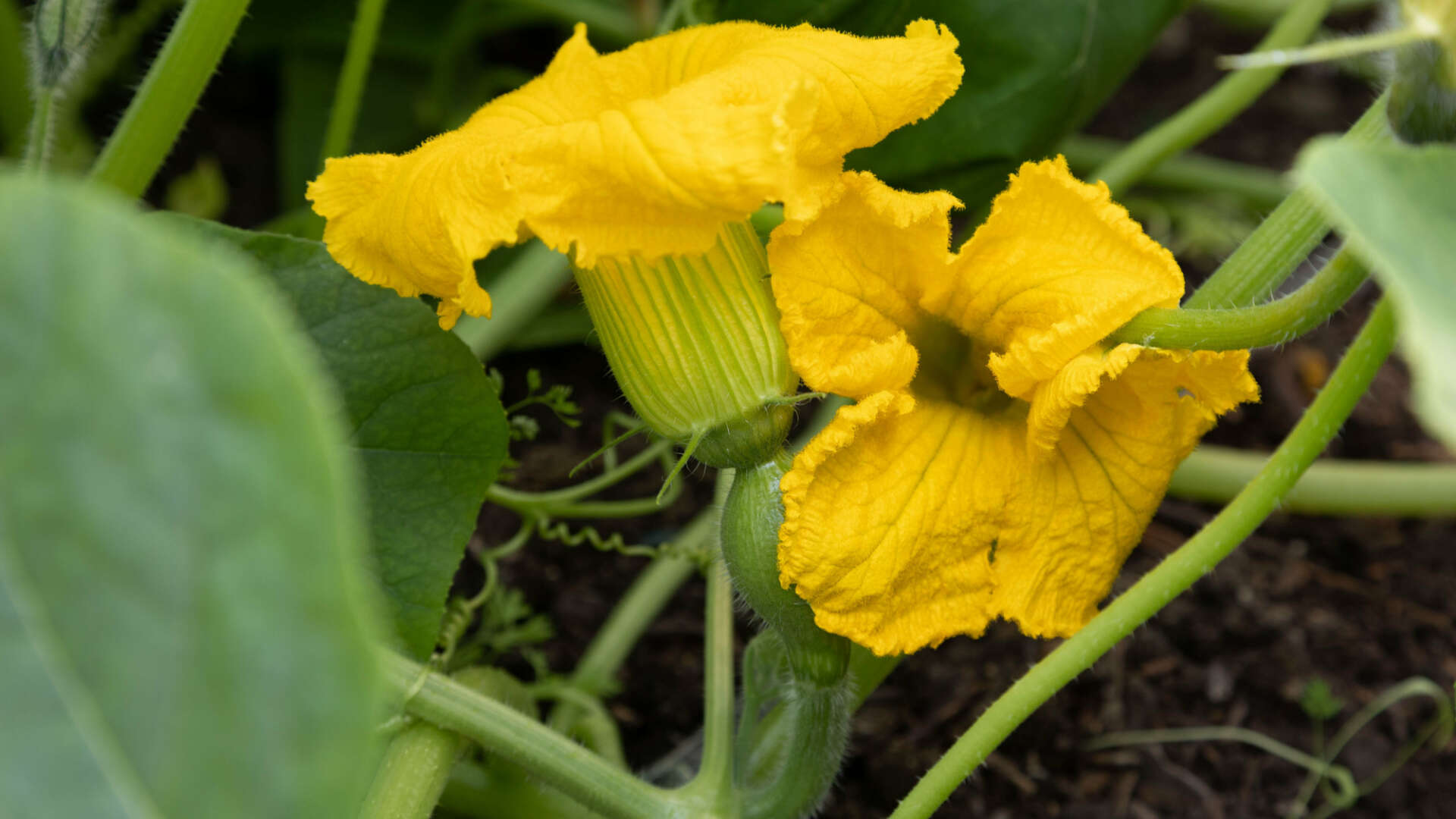Seed saving
Basic botany for seed savers

Classification
All living things are classified in a hierarchical system the development of which was started in 1727 by Swedish scientist Carl Linnaeus. Linnaeus used two names for every kind of living thing.
The first name is the genus; plants that are very like one another, for example, the runner bean and the French bean, share the same genus, Phaseolus. The second name is the species; runner beans are Phaseolus coccineus, while French beans are Phaseolus vulgaris. Because everything has two names, the Linnean naming method is called the binomial system.
There are other systems of classification, above and below genera and species. Genera that share similar characteristics can be grouped into families, which in turn can be grouped into orders and then classes. Classes may be grouped into divisions (or phyla). The whole realm of classification is very like the outline of a great tree, with a few great limbs (orders); more branches, and hundreds of thousands of twigs (species).
Below species, level may be yet another grouping. So beetroot and chard are both Beta vulgaris, but beetroot is Beta vulgaris var. conditiva, while chard is Beta vulgaris var. vulgaris. Lower still are cultivated varieties or cultivars. Thus there is a beetroot cultivar called ‘Green Top Bunching’ (full name: Beta vulgaris var. conditiva ‘Green Top Bunching’) and another called ‘Detroit’ (full name: Beta vulgaris var. conditiva ‘Detroit’).
The level at which seed savers are concerned is the preservation of the essential qualities that distinguish one variety from another.
Flowers
To create seeds, a plant must mate. This process involves flowers, which carry the male and female reproductive organs. Often the male and female parts are contained within a single flower.
This is called the perfect flower. Sometimes, male and female parts are in separate flowers. These are imperfect flowers and may be formed on a single plant in which case they are termed monoecious (Greek: mono, one; oikos, household), or they may be carried on separate male and female plants. These are called dioecious (two households).
- Squashes are monoecious, with male and female blossoms on a single plant.
- Spinach is dioecious, with separate male and female plants.
- Peas are perfect, with male and female parts in a single flower.
The male part of the flower is called the stamen, and the number of stamens is characteristic to each plant species. Each stamen consists of a filament, at the tip of which is the anther. It is the anther that produces the pollen grains.
The female part of the flower is called the pistil, which is divided into the stigma, the style, and the ovary. The ovary contains one or more ovules or egg cells. The stigma is the part of the pistil that is receptive to pollen grains. It may be a sticky, knoblike structure at the end of the style, or it may be a long portion of the style, as in the silken tassels of corn.
When a fertile pollen grain lands on a receptive stigma, the pollen grain forms a tube that grows through the style until it reaches the ovary, where fertilises one of the ovules. Eventually, the ovary forms the fruit or seed pod, while the fertilised ovules develop into seeds.
Pollination
For seed to develop, pollen must be transferred from the anthers to the stigma. There are exceptions, called parthenocarpic plants (Greek: parthenos, virgin; karpos, fruit) but they do not concern us here.
Pollen and ovules carry the genetic messages from the male and female plants respectively.
Sexual reproduction shuffles those messages, producing offspring that contain a mixture of traits from mother and father. If pollen and ovules are from different varieties, the resultant seed will be a mixture of those two varieties, rather than a characteristic member of a particular variety (i.e. not true to type).
Seed savers must ensure that a variety remains pure by restricting the source of the pollen to the same variety as the ovule.
Some perfect flowers fertilise themselves. The anther may sweep past the stigma, as they do in the nasturtium, or the stigma may grow past the anthers, as in the tomato. Sometimes fertilisation takes place before the flower opens, as in the pea; this is called cleistogamy (literally, closed marriage).
For seed savers, self-fertilisation may make life easy, as in peas and most tomatoes, but these can also be cross-pollinated in certain circumstances. Finally, a flower may be self-incompatible; it is not capable of pollinating itself and must be cross-pollinated.
Cross-pollination generally requires something to transfer pollen from one flower’s anthers to another flower’s stigma. That something may be wind, water, or an insect or animal.
- Wind is the most difficult agent to control. Pollen is very fine and can be carried long distances.
- Water is not important for pollinating domestic crops.
- Pollinating insects, such as bees, are easier to manage. Often they can be kept away from flowers with a simple cage or bag. In other cases the seed saver may have to introduce substitutes for the natural pollinators. See the Seed Saving Guideline No. 3 Preserving Varietal Purity or the individual Seed Saving Guidelines relating to each vegetable type for more information on how to do this.